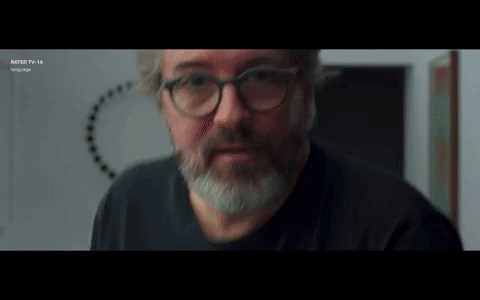Light Jumping Through the Screen: Lighting Performers vS Lighting Audience
written by Katharine Matthias and Elena Araoz - June 30, 2020
Visual artist Olafur Eliasson uses lighting design to experiment with the at-home audience in the Netflix series Abstract: Art of Design. In the episode “Olafur Eliasson: The Design of Art,” Eliasson first invites the audience to view their screen as a lamp. Next, he tells the audience to turn off all light sources except for their screen. Then, he flashes different colors on the screen and invites the audience to look at the physical space around them and how it changes with different colors. Eliasson’s lighting design experiment both involves and affects the audience and how they perceive their personal space. He creates an immersive experience for the audience as the color of light he chooses seems to reach from him, through their screen, into their home, and illuminate them. Even with pre-recorded technology, he is affecting the bodies of his audience.
Eliasson’s experiment suggests that there are two potential lighting designs on Zoom or other live virtual platforms: either one can light the performers or one can light the audience.
The Method Gun production that was performed over Zoom by Wesleyan University this spring is an example of how one might light the performers in a live virtual show. At The Method Gun talkback, director Katie Pearl and lighting designer Calvin Anderson discussed necessary design adaptations when translating the show onto Zoom. Anderson mentions that he had to work with what the actors had in their rooms and performance spaces and used the lamps and other practical lighting instruments that the actors had access to in their homes. Katie Pearl then notes that, when everyone went online, she and her lighting and set designer met with each actor and discussed spaces in the home where they could perform and the performers’ lighting capabilities.
These logistical design discussions with each performer suggest a double layer of site-specificity when making virtual performance. The Method Gun team was designing the three-dimensional space for the performers to inhabit while designing the two-dimensional Zoom space also surrounding the performers.

